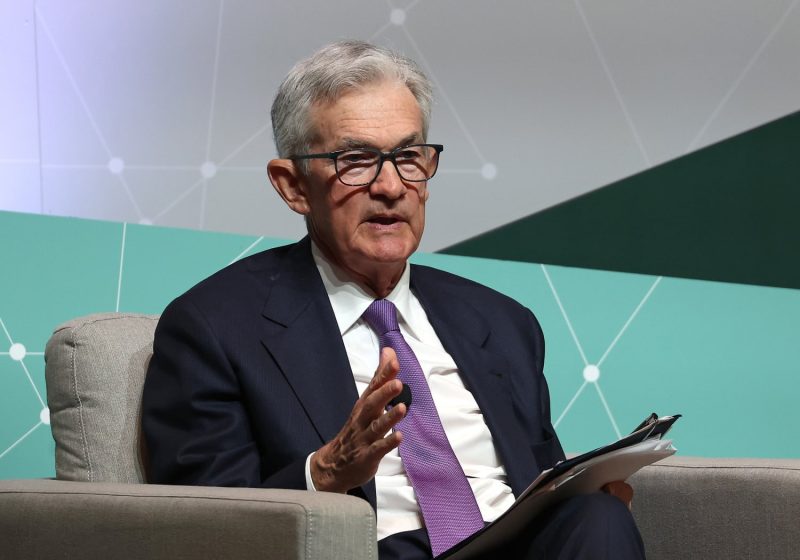Economists Face Uncertainty Over Fed Rate Cuts Amid Economic Volatility
Amidst the backdrop of a global economic landscape marred by escalating trade tensions, geopolitical uncertainties, and weakening growth projections, economists are finding themselves at an increasingly uncertain crossroads regarding the possibility of Federal Reserve rate cuts this year. The twists and turns of economic data and market indicators have left experts divided on the appropriate path forward for U.S. monetary policy.
One of the primary drivers of this uncertainty stems from the conflicting signals being sent by various economic indicators. While the U.S. labor market continues to exhibit strength and consumer spending remains robust, other key areas of the economy are showing signs of strain. The manufacturing sector, for instance, has been grappling with the negative impacts of trade tensions and a global slowdown, leading to reduced output and investment.
Furthermore, the inversion of the yield curve earlier this year raised concerns about a potential impending recession. Historically, an inverted yield curve – where long-term interest rates fall below short-term rates – has often preceded economic downturns. The anxiety stemming from this indicator has only been magnified by the ongoing trade disputes between the U.S. and its major trading partners, such as China and the European Union.
Against this backdrop of mixed economic signals and mounting geopolitical risks, economists are divided on the prospect of further rate cuts by the Federal Reserve. While some argue that a preemptive rate cut is necessary to cushion the economy against potential headwinds, others advocate for a more cautious approach, citing the need to preserve policy flexibility in the face of uncertainty.
The Federal Reserve itself has indicated a willingness to act as needed to sustain the economic expansion. Following the recent rate cut in July, Fed Chair Jerome Powell underscored the central bank’s commitment to supporting continued growth and maintaining price stability. However, the Fed’s messaging has also been nuanced, with policymakers emphasizing that further rate moves will depend on incoming economic data and developments on the global stage.
Adding to the complexity of the situation is the influence of external factors on the Fed’s decision-making process. The ongoing trade negotiations between the U.S. and China, as well as other geopolitical events, have the potential to sway market sentiment and economic conditions. The interconnected nature of the global economy means that developments abroad can have ripple effects on domestic growth and inflation dynamics.
In conclusion, the current environment of economic uncertainty has put economists in a challenging position as they attempt to decipher the path forward for U.S. monetary policy. While the U.S. economy remains fundamentally resilient, the risks posed by a confluence of factors – from trade tensions to slowing global growth – have muddied the waters for forecasters. As policymakers and market participants grapple with these uncertainties, the need for vigilance, prudence, and adaptability in the face of a rapidly evolving economic landscape has never been more apparent.
